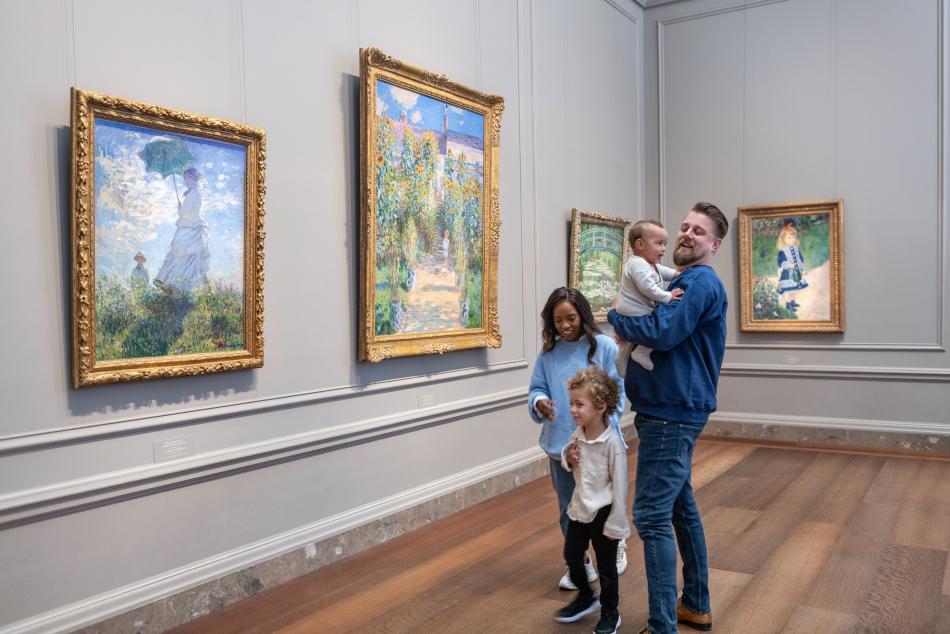Eliot Elisofon
Explore Selected Works
Artwork

Eliot Elisofon, Optometrist, 1935-1936, gelatin silver print, Patrons' Permanent Fund, 2001.67.69
Closed today
Closed today
Admission is always free
6th and Constitution Ave NW
Washington, DC 20565



Closed today
Admission is always free
6th and Constitution Ave NW
Washington, DC 20565



American, 1911 - 1973
Artwork
